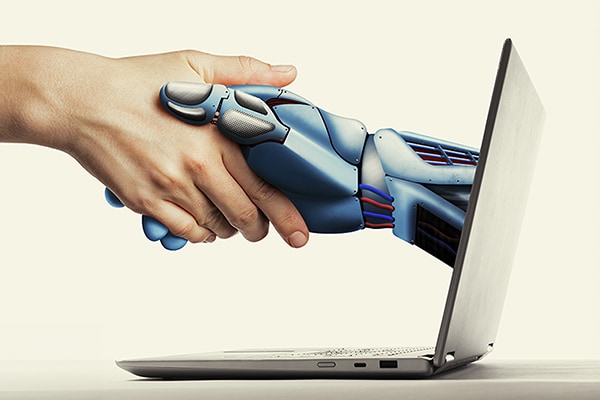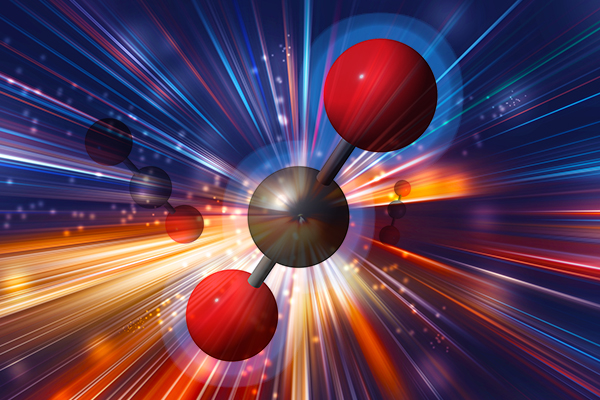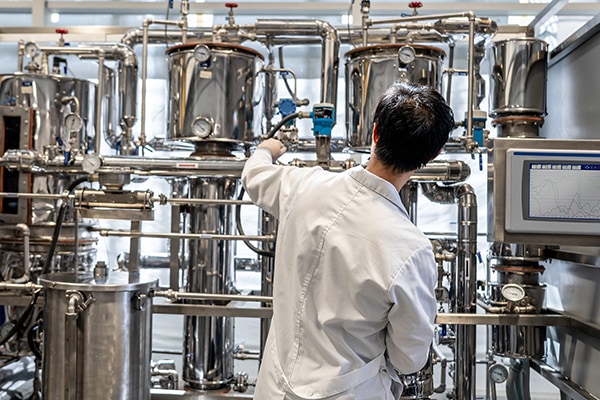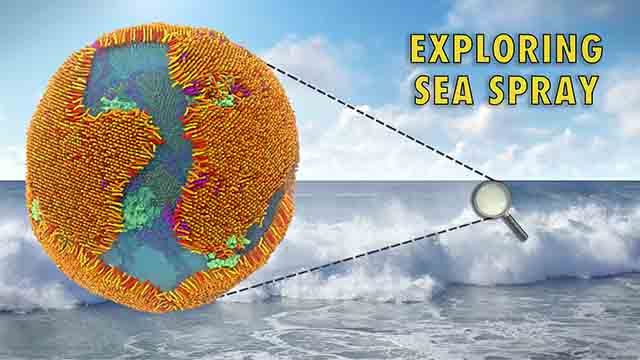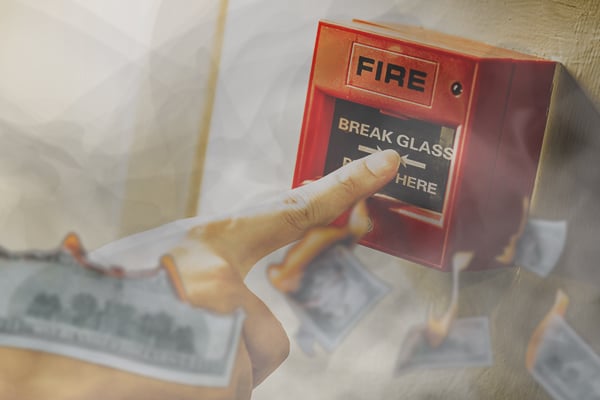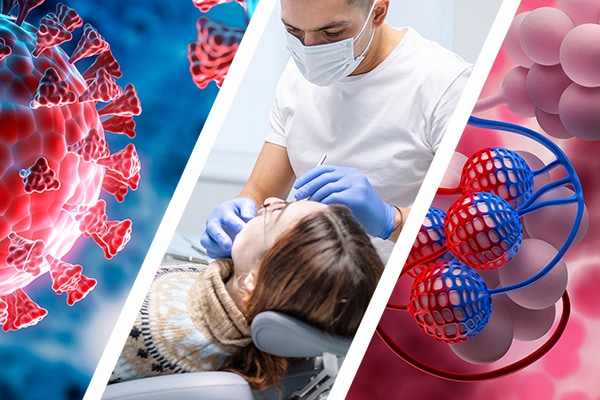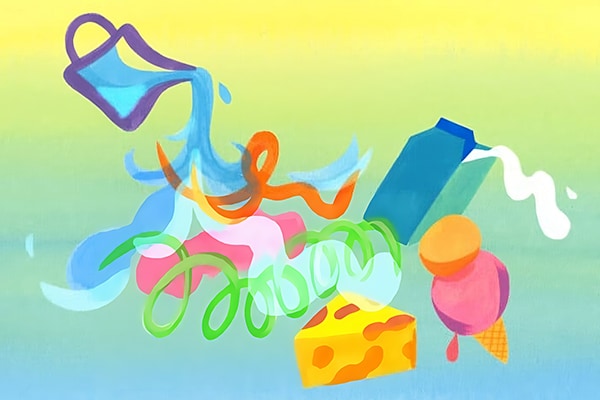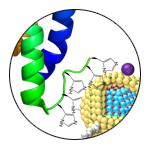
The two biggest existential environmental threats to human survival on the planet are climate change due to excessive emission of greenhouse gases and the 10,000-year lifecycle plastic pollution. How as a society can we address these issues simultaneously and through an inexpensive, sustainable, and scalable technology?
Join Prashant Nagpal of the University of Colorado Boulder and the Antimicrobial Regeneration Consortium as he discusses the development of living nano-biohybrid organisms that use sunlight to convert massive amounts of carbon dioxide, air, and water into biodegradable plastics, fuels, and value-added chemicals such as fertilizers and food-preservatives. During this free interactive broadcast, he will explain how these “nanobugs” are made by simply combining bacteria found in soil with engineered quantum dots targeted to penetrate the cell, self-assemble on specific enzyme sites, and then trigger these enzymes using different colors of sunlight.
What You Will Learn
- How to make new nanobugs by targeting specific enzymes and triggering them with light
- How to convert CO2, air, water, and sunlight into a range of fuels, biodegradable plastics, and fertilizers using nanobugs
- How to engineer quantum dots to selectively attach to desired enzymes and trigger them with light externally or wirelessly
Co-Producer
Additional Resources
- Nanorg Microbial Factories: Light-Driven Renewable Biochemical Synthesis Using Quantum Dot-Bacteria Nanobiohybrids – Article in JACS by Prashant Nagpal




